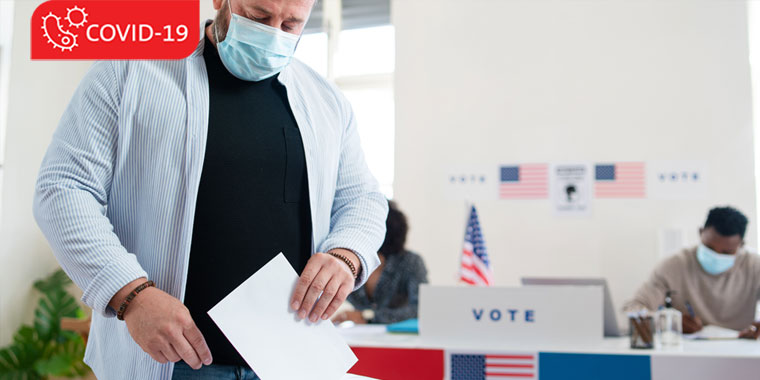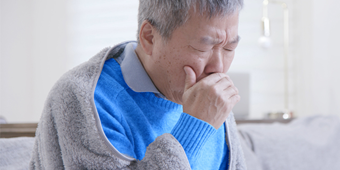How You Can Vote Safely During the COVID-19 Pandemic

Find Your Perfect Match
Answer a few questions and we'll provide you with a list of primary care providers that best fit your needs.
You’ve probably heard the phrase “make a plan” when it comes to voting this year in the midst of a pandemic. If you haven’t already voted by mail or early voting, take steps to stay safe at the polls.
To learn how, we talked with Roberto Colón, MD, Premier Health vice president of quality and safety.
“The first thing is, if you are ill, please do not go in person,” he advises. “This is why planning is so key. Don't wait until the last minute. If you're ill, it could preclude your ability to vote in person.”
Plan Ahead, Research, Vote
Think about how and when you want to vote. If you want to vote in person, plan to go before Election Day, when crowds will be smaller.
Take the time to research your polling place to help you prepare. Call your Board of Elections or look online for information. The Centers for Disease Control and Prevention (CDC) recommends asking these questions:
- Are 6-foot spacing markers visible on floors to control social distancing?
- Are masks required of voters and poll workers?
- Are poll workers regularly sanitizing frequently touched surfaces, such as door handles, voting booths, and restrooms?
- Do poll workers wear face shields, surgical face masks, and gloves?
- How much space is between voting booths?
- Is there a plexiglass barrier between the voter and the poll worker?
- Is there a separate entrance and exit from the voting area?
- Will you wait outside or inside?
- What documents do you need to bring?
- What type of voting booth will you use?
Before you go to vote, make sure you do what you can to ensure a quick visit to reduce germ exposure:
- Bring a stylus or similar object to use with touchscreen voting machines.
- Bring your own pen (black pen).
- Complete a sample ballot at home to speed the time it takes you to cast your ballot.
- Verify your voter registration is correct before you go to vote.
Healthy Behaviors At the Polls
The best way to stay safe at the polls is to follow the same health guidelines from local, state, and federal officials you’ve been using for general COVID-19 safety.
In general, you should:
- Avoid crowds:
- Go at an off-peak time, like mid-morning.
- Vote before Election Day.
- Bring hand sanitizer containing at least 60% alcohol and use often, such as after touching door handles or voting machines.
- Cover coughs and sneezes with a tissue or the inside of your elbow, the:
- Throw away used tissues in lined trash cans.
- Wash your hands or use hand sanitizer.
- Maintain at least 6 feet distance from others, even when wearing a mask.
- Vote alone – don’t bring your kids.
- Wash your hands before and after voting.
- Wear a mask over your mouth and nose.
Don’t be deterred if you see long lines at your voting place. If people are keeping a 6-foot distance, lines will appear longer.
And Dr. Colón recommends, “If you see people near you who are sick, give them extra room.”
Be vigilant about wearing your mask the right way (covering your nose and mouth) and sanitizing your hands, he adds. Though they’re in the voting booth a short time, voters can leave behind fresh droplets that might contain the virus.
“They're supposed to be sanitizing those machines, but don't take a chance. Make sure that you're washing your hands before and after you're touching that machine.”
Guidance For Voters At High Risk For COVID-19
If you have an existing health condition, vote by mail or use another voting alternative other than voting on Election Day. You are at high risk for a serious reaction to COVID-19 if you are older than 85 or if you have:
- A heart condition such as heart failure, coronary artery disease or cardiomyopathy
- Cancer (or are recovering from cancer)
- Chronic kidney disease
- Chronic obstructive pulmonary disease
- High blood pressure
- Obesity
- Sickle cell disease
- Solid organ transplant
- Type 2 diabetes
Find Your Perfect Match
Answer a few questions and we'll provide you with a list of primary care providers that best fit your needs.
Sources: Roberto Colón, MD, Premier Health vice president of quality and safety; CNN; Centers for Disease Control and Prevention (CDC)





